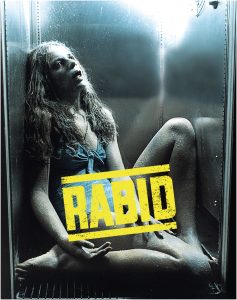 What a great time to be a film collector. Mind you if you are of a certain age it is remarkable to count up how many times you may have spent money on a film over the years. If you grew up through the early video shop days you possibly hired a certain movie out several times, bought the ex-rental VHS from a shop when it was ratty and on its last legs. Then at last you picked it up on self-through, possibly seen it on a big screen at a repertory cinema. Bought a sell-through release, upgraded to DVD a couple of times, then done the same on Blu-Ray and are now upgrading that to a new higher def version with extra features. How many more times are you going to shell out and does the buck eventually stop here? Case in point are David Cronenberg’s early body horror, pre aids metaphor, venereal shockers Shivers (1975), Rabid (1977) and The Brood (1978), films you could really say, been there, done that and even bought the T-shirt! Now just a few years after Arrow films last brought out Rabid it is surfacing again via 101 Films. Should we be interested or is it just a step too far?
What a great time to be a film collector. Mind you if you are of a certain age it is remarkable to count up how many times you may have spent money on a film over the years. If you grew up through the early video shop days you possibly hired a certain movie out several times, bought the ex-rental VHS from a shop when it was ratty and on its last legs. Then at last you picked it up on self-through, possibly seen it on a big screen at a repertory cinema. Bought a sell-through release, upgraded to DVD a couple of times, then done the same on Blu-Ray and are now upgrading that to a new higher def version with extra features. How many more times are you going to shell out and does the buck eventually stop here? Case in point are David Cronenberg’s early body horror, pre aids metaphor, venereal shockers Shivers (1975), Rabid (1977) and The Brood (1978), films you could really say, been there, done that and even bought the T-shirt! Now just a few years after Arrow films last brought out Rabid it is surfacing again via 101 Films. Should we be interested or is it just a step too far?
Well obviously a lot is to do with rights to films, they are bought by companies for a certain length of time and when that runs out there is nothing to stop another company purchasing and re-releasing them. It can be frustrating to the collector that some films come out multiple times when others have not seen the light of day since the video tape was a fledging new medium. I realised after asking to cover Rabid now that I had already done so when it came out via Arrow. You can read about this Here Link and I don’t see the point in writing about the plot and film itself again here, I mean surely you have seen it yourself at least 5 times already and if not why not?
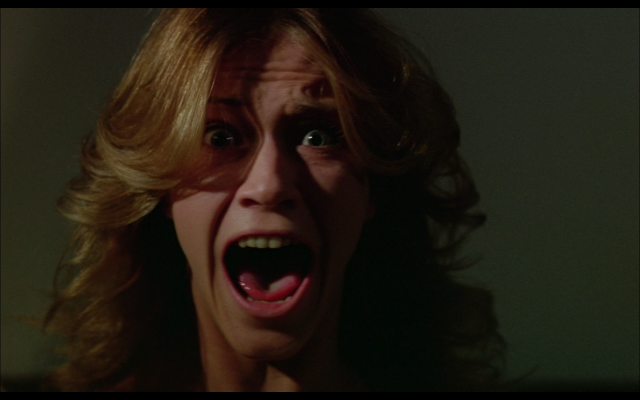
The main reason interest is going to be fresh now is due to the upcoming remake by the Soska Sisters. Now love em or loathe them remakes themselves are a contentious and tricky subject especially when it seems like there is little originality in genre cinema now. But a lover of a classic film is going to feel compelled to watch a remake even if it is out of interest and some of them are not too bad (although can you name any better than the original, I thought not)? For every I Spit On Your Grave, or Texas Chainsaw remake there is always going to be howlers such as Straw Dogs and The Wicker Man, that’s why I consider trying before you buy not being a criminal act and I’m not alone in that opinion. Still a remake of Rabid is always going to be interesting and I have seen the trailer a couple of times and withhold judgement until seeing the full film but already homage paid to Shivers and Dead Ringers (1988) draw me toward it and it will be a must seen film when out via 101 films in the future. There are other reasons that it should appeal to horror fans and that’s partly as the Soska Sisters seems strange and other-worldly themselves and 2012 film Dead Mary was a lot of fun and very congruent to the plastic surgery disaster of the film in question. Also unless I am very much mistaken nobody has ever attempted remaking one of the Canadian auteur’s films and considering a lot of what he has done from adaptations of books has always been considered un-filmable in the first place it’s a risky and brave road to go down.

Now I thought 101 films did a top-notch job with Cronenberg’s eXistenZ (1999) and the good news here is that Rabid has been upgraded from 1080p to 2K for this release and looks better than any of the multiple versions you have bought before. That’s not perhaps reason enough to buy it again but when it comes with no less than 200 minutes worth of extras, not to mention 3 commentary tracks there are plenty of reasons to take another look and consider yet another purchase as a necessary consideration.
The coup of the extras here is a whopping 70 minute 2019 documentary “The Quiet Revolution: State, Society & the Canadian Horror Film” written and directed by Xavier Mendik and Philip Escott. There have already been features on the tax breaks given to Canadian film which helped fund Croneberg’s early films via production house Cinepix but this takes things to a completely new and in-depth level. It’s left to those around at the time to tell the story such as producers Pierre David and Don Carmody, cinematographer Mark Irwin, editor Jean Lafleur and others. Essentially drawing upon the films produced and distributed by Andre Link and John Dunning and what was going on at the time in a social and political context in Quebec. Proudly nationalistic it is interesting to note parallels here to today with bands of the Quebecois Black Metal movement. The unshackling of past chains and progress towards freedom and experimentation is something that allowed new creativity and dangerous visions normally considered taboo to flourish in the mind and paved the way for a director like Cronenberg to flesh them out into realism and no doubt provide a stark jolt to those seeing them birthed onto the screen for the first time.
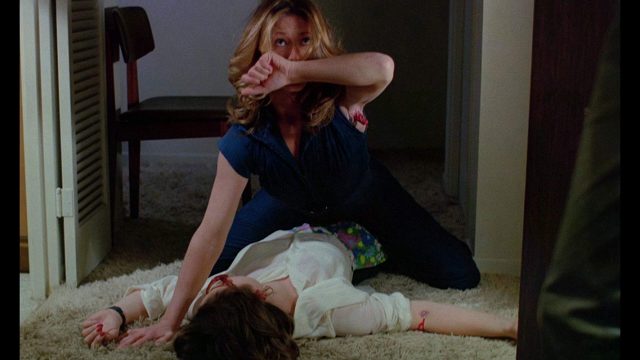
This quiet revolution saw artistry on every level expanding perhaps it had occurred later than the beatnik era and the 60’s liberated time of the USA but it was finally happening leading to exciting new times. Canadian film finally was being noted by the rest of the world it had lagged behind for so long. Naturally with the expressionist films from France and Germany in mind it was not long before first production from Cinepix 1969 erotic drama Valérie smashed the box office in Canada paving the way for skin-flicks, eroticism, exploitation and horror films to be the next big thing. It was latter days Ghostbusters director Ivan Reitman who started down the serious horror route in 1973 with his irreverential Cannibal Girls leading to producers looking for other directors within the genre. Cue experimental director Cronenberg who had with films like Stereo (1969) and Crimes Of The Future (1970) gone completely beyond the pale, this led to his first startling feature Shivers taking the horror to within and making a a film, the likes of which had never quite be seen before. Of course controversy was not far away and has followed the director to a large extent through the bulk of his career. Memory is also jogged with talk about William Fruet’s Death Weekend (1976) a hit from early VHS days but seemingly only available now on Swedish DVD but apart from this it is largely Cronenberg-centric taking in films up to and including Scanners (1981) and Videodrome (1983). Despite running time this literally flew by and if you are a fan of the director and genre film in general its as they say “worth the price of admission alone. It’s also apparently part 1 and to be continued. There’s plenty of examples of Canuxploitation dying for a UK release to include it on, sticking with Quebec my choice would be to see it alongside Ilsa, Tigress Of Siberia (1977) as Jean LaFleur is already on hand. How about it 101 Films?
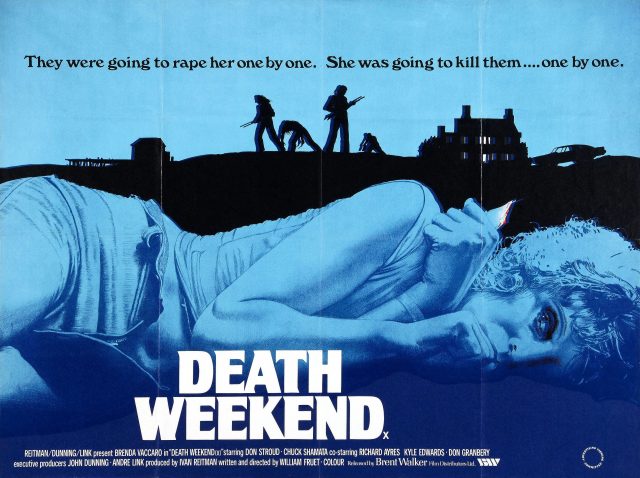
It’s surprising to link Rabid with Care Bears and Garbage Patch kids but following starring in her first part as Mindy the unfortunate friend of Rose (Marilyn Chambers) in the film that exactly where Susan Roman went as a voiceover artist. She has stacks of more innocent films to her name now and next we have a 2016 33-minute interview with her. Cronenberg’s reputation certainly proceeded him and despite the way out there script Roman was quick to seize the chance apparently considering him a very fanciable, charming genius. She did not know at first that Chambers was a star of adult films but has fond memories of working with the very conscientious actor who was evidently trying to legitimise herself. She has very good memories and some amusing anecdotes on working on the film as well as memories of working on animated adult feature Heavy Metal with Ivan Reitman. I can’t be the only one wondering if Cronenberg had subtly put some subtext about a sexual attraction to Rose from Mindy (or perhaps I am) but that is a question that isn’t asked or answered.
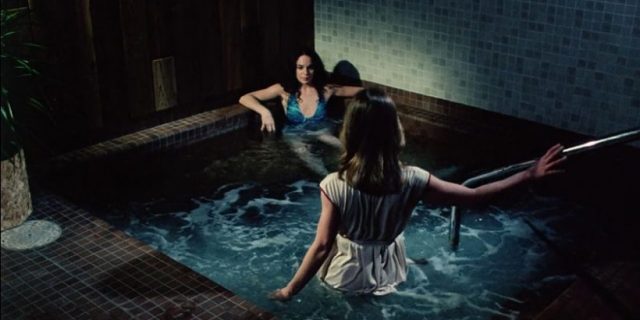
Next the director speaks, firstly in a 20-minute archive interview. He talks about the trouble on getting funding for Rabid, dropped from government assistance after a critic had savaged Shivers as obscene. It shows the power the press used to wield and even if the readership of the publication was said to be around 100 people they were the “wrong” 100 people. These early years and the lessons he learned from them are discussed as well as tricks of the trade and the economy techniques of directing. I have heard him speak about crisis of conscience before and Rabid suddenly striking him as a ridiculous proposition could have seen the film being left on the drawing board. Luckily he was encouraged to continue and the film’s enduring legacy proves he had little to worry about. The ever-informative director makes plenty of good points here although does surprise saying he never saw Chambers classic Behind The Green Door (1972) well at least he has the chance unlike us legally in the UK with our still draconian censorship rules on anything XXX as far as home viewing is concerned. Those not wanting to lose their hour-long Director’s interview with Cronenberg can rejoice as that is also included here, as I covered that too last time around I will skip it here. Also as mentioned Ivan Reitman and Don Carmody were involved production wise and here we get two interviews with them running at 12 and 15 minutes. The biggest surprise here was discovering that Cronenberg was a contender originally to film Douglas Adams Hitchhikers Guide To The Galaxy but instead went with the offer of doing The Fly. And that really is a wrap, the final word and release of this remarkable film? Well until the sequel hits our screens that is at any rate. So would I buy Rabid yet again? Well at the moment my review discs have been tucked into the Arrow box but I wouldn’t totally rule it out.
Pete Woods

Leave a Reply